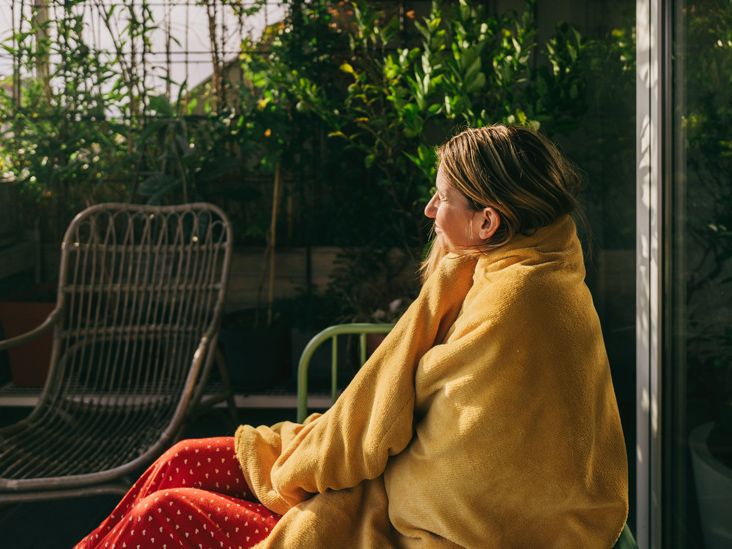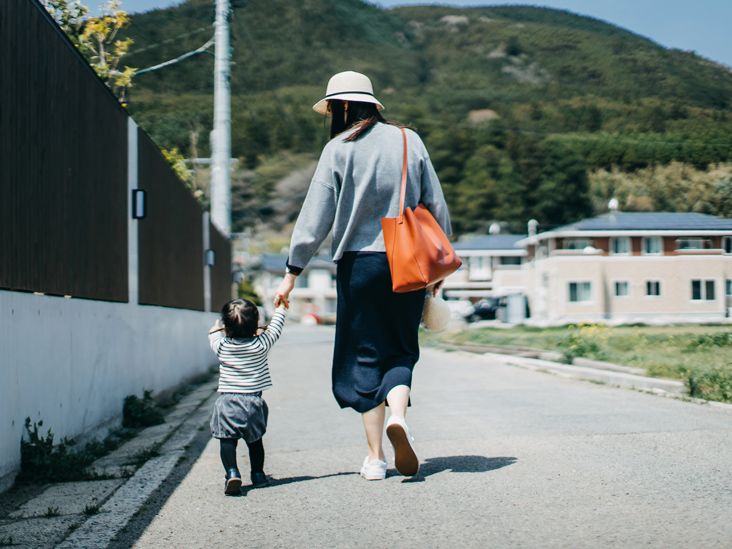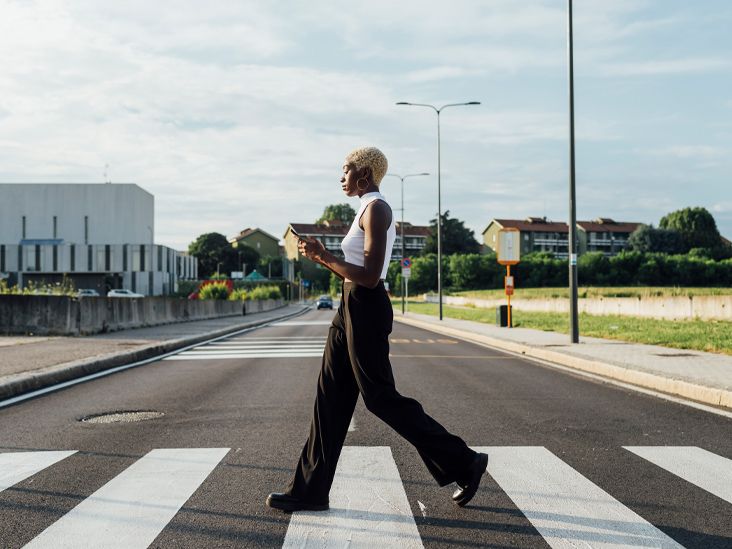
We include products we think are useful for our readers. If you buy through links on this page, we may earn a small commission. Here’s our process.
Healthline only shows you brands and products that we stand behind.
Our team thoroughly researches and evaluates the recommendations we make on our site. To establish that the product manufacturers addressed safety and efficacy standards, we:- Evaluate ingredients and composition: Do they have the potential to cause harm?
- Fact-check all health claims: Do they align with the current body of scientific evidence?
- Assess the brand: Does it operate with integrity and adhere to industry best practices?
Welcome back to You’re Not Alone: A mental health series where we aim to highlight mental health conditions that affect people’s day-to-day lives, and what products, apps, and services they use to make each day easier. This month, we hear from Rhiannon Giles (as told to Natasha Burton), a freelance writer in remission from major depressive disorder (MDD).
Content warning
This article discusses feelings and behaviors of depression, anxiety, obsessive-compulsive disorder (OCD), attention deficit hyperactivity disorder (ADHD), self-harm, and suicide.
If you’re thinking of hurting yourself or are having suicidal thoughts, please call the National Suicide Prevention Lifeline at 988.
You can also call 911 in the case of a mental health emergency.
When Rhiannon Giles, 41, first went to therapy in 2013, she suspected that she had seasonal affective disorder.
“I don’t know that I could have identified it as depression by name, but that was the first time I recognized that there was something wrong,” she explains. “In hindsight, I was generally depressed, but it spiked in winter.”
Rhiannon, a freelance writer, says that this low level depression turned into something more after three traumatic events in her life: The premature birth of her son in 2015, the end of her marriage, and the death of her father in 2018. That year, she began to have intrusive thoughts of self-harm and suicide.
She began dialectical behavioral therapy (DBT) and tried a variety of medications to determine how to best manage her depression. While she considers herself to be in remission, symptoms of depression remain to be a part of her daily life.
“I spend a lot of time wanting to curl into a ball on the floor but knowing it’s not socially acceptable,” she says. “I can generally function, but it’s all very surface level, like I’m play-acting the role of a functional person.”
Seeking help for major depression disorder (MDD), however, “has changed my life in a million ways, both big and small,” she says.
Here is what she’s learned about herself and her condition along the way.
Major depression disorder is a mood disorder that causes a persistent feeling of sadness and loss of interest. It may also be called clinical depression, classic depression, or unipolar depression.
Research shows that
Some of the common symptoms of MDD include:
- crying often
- feeling irritable or angry
- feeling numb or unable to enjoy activities or situations
- feeling drained or overwhelmed
- experiencing changes in sleep, from sleeping often to insomnia
- feeling pessimistic about the future
- forgetting to eat or perform other self-care activities
While there’s no cure for MDD, therapy and medication are considered to be primary treatments for this condition.
When Rhiannon feels her depression coming on, it begins with her feeling like she’s bothering the people around her.
“I’ve learned that if I am sure that my therapist wishes I would quit, it’s actually a sign that I need to schedule an extra appointment.”
Therapy has actually been the most important part of her recovery: “Sometimes I struggle with the fact [that] I have been in therapy so long, but in reality being able to talk feelings out before they escalate is a big part of avoiding depression for as long as I can,” she explains.
“I understand myself so much more deeply now than I ever did before therapy — and sometimes understanding is enough to lead to acceptance.”
Another key aspect of living with MDD has been her writing. Finding solace in writing through her depression was crucial to her healing process after her son’s birth. It also led to her career as a freelance writer.
“A lot of my writing centers on mental health both because the writing helps me, but also because it helps others, which gives me a feeling of fulfillment.”
The third pillar of her recovery is medication, specifically Wellbutrin, which has significantly improved her day-to-day life. She says that she hasn’t had any episodes of major depression since figuring out the right drug and dose to take.
“A person cannot always ‘make a choice to feel happy.’ Rarely does mental illness respond to brute force.”
“Medication doesn’t magically fix everything, but it does put my brain into a place to accept help and to make changes I need to feel better,” she explains.
In addition to MDD, Rhiannon also lives with attention deficit hyperactivity disorder (ADHD), obsessive-compulsive disorder (OCD), and anxiety. She says that all of these conditions and symptoms are “inextricably tangled together.”
“ADHD sometimes leads me to make impulsive decisions that then make me feel bad about myself — such as spending money I shouldn’t spend — which can add to both anxiety and depressive feelings,” she says. “There is a lot of shame that comes with both OCD and ADHD, and shame can exacerbate depression.”
Shame can be a barrier to seeking and maintaining recovery, as people with MDD
One way shame can creep in for those with MDD, Rhiannon says, is through this idea that “happiness is a choice” — a common statement that can be very unhelpful for those living with depression.
Contrary to what social media and mental health memes might promote, she says that lifestyle suggestions like staying active, taking supplements, or getting out in nature aren’t always the most helpful tips for people who have depression.
“We are already aware of the things we ‘should’ do, and either we are not in a place to be able to do them, or they are not enough,” she says. “That sort of help really just adds layers of shame. A person cannot always ‘make a choice to feel happy.’ Rarely does mental illness respond to brute force.”
For Rhiannon, therapy, writing, and medication are key for her recovery and management of MDD. But she says that the following three things have also made a difference in her day-to-day management of her mental health.
Moshi
Price: $60/year
Moshi is a sleep and relaxation app designed for kids to help them drift off through audio storytelling. In addition to stories for sleep, the app offers calming audio to ease transitions and guided meditations for stressful moments.
Rhiannon says that even though it’s made for kids, “I found myself falling asleep to it also, so now I use it even when I’m alone.”
I Love Hue
Price: free
“Phone games that take up just the right amount of brain space” have been helpful for Rhiannon. She likes this color-matching game in particular because it’s calming, “but it also takes more concentration than just doodling,” she says.
Part puzzle, part creative endeavor, this game allows you to move colored tiles within a spectrum to complete a picture. It’s far more soothing than scrolling Instagram and more rewarding as well.
Hyperbole and a Half
Price: $13
Illustrator and writer Allie Brosh’s book features two of her powerful works on depression, “Adventures in Depression” and “Depression Part Two,” which were first published on her eponymous blog long before it was acceptable to be open about mental health struggles on the internet.
Rhiannon recommends Brosh’s work “for doses of ‘someone else gets me’” mixed with levity.
While medication and therapy have led to remission for Rhiannon, she knows that her depression is never really gone. She worries a lot about a recurrence, noting that, statistically speaking, it’s inevitable.
Working on the idea that two opposing ideas can be true simultaneously, however, has been a big part of her personal growth post-diagnosis. She knows that these two things can be true: she’s in remission right now, but she has the potential to relapse in the future.
“I spent so much time fighting my own brain and always assuming only the negative belief could be the true one, when in reality, life is just complicated.”
You can connect with Rhiannon via her website, as well as on Facebook, Twitter, and Instagram.
Natasha Burton is a freelance writer and editor who has written for Cosmopolitan, Women’s Health, Livestrong, Woman’s Day, and many other lifestyle publications. She’s the author of What’s My Type?: 100+ Quizzes to Help You Find Yourself ― and Your Match!, 101 Quizzes for Couples, 101 Quizzes for BFFs, 101 Quizzes for Brides and Grooms, and the co-author of “The Little Black Book of Big Red Flags.” When she’s not writing, she’s fully immersed in #momlife with two kiddos and a fur baby.



